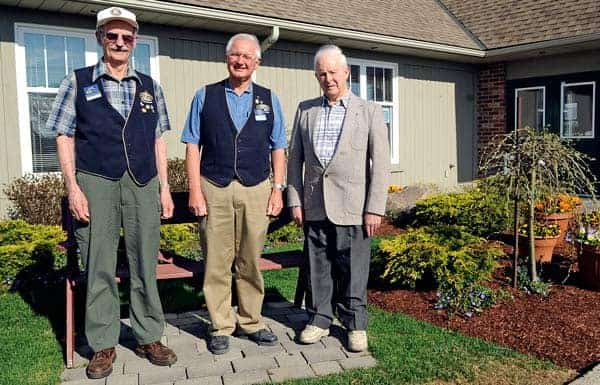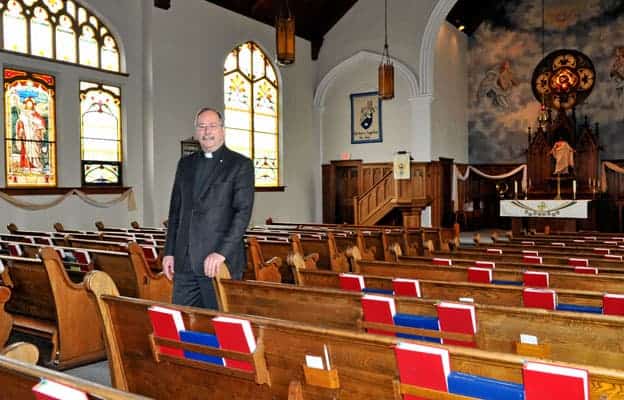Ridership numbers still lagging in Elmira, Grand River Transit is now considering extending bus service to Breslau. That would add to the $485,000 a year the township is already paying for the limited number of users today.
On an average trip on GRT route 21, total ridership maxes out at a dozen people. Most days, buses run with passenger numbers in the single digits.
Last year, however, the route connecting Elmira and St. Jacobs to Conestoga Mall in Waterloo exceeded the target of recovering 25 per cent of its cost from fares, hitting 28 per cent. The bus has been running since an April 2009 pilot project.
“We’re quite pleased considering the amount of travel the route has to undertake where there’s no development,”
John Cicuttin, the region’s manager of transit development, said in a presentation to Woolwich council Tuesday night.
Those empty, open spaces pose a challenge different from routes in the urban area, he explained.
After a slow start, ridership grew from 2011 onward, meeting the minimum of 20 people boarding per hour in every month of 2014, said Cicuttin. Revenue recovery remains in the lower range of GRT’s routes.
Route 21 provides some anomalies in comparison to the system as a whole, with fewer younger riders and more working people using the bus than the GRT average. For instance, riders in the the 36-54 age range make up 24 per cent of route 21 users versus the GRT average of 18 per cent. Those using the bus to get to school make up 12 per cent, whereas the region-wide average is four times that number.
Students, in fact, make up the majority of GRT riders. The lower numbers in Woolwich, coupled with the farmers’ market and tourism, explain why ridership remains fairly constant throughout the summer, whereas the numbers drop significantly on other routes in the system, said Cicuttin.
Likewise, Saturday sees the largest ridership numbers of any given day.
Some 41 per cent of the route activity is at Conestoga Mall, with 20 per cent between there and the market, with another 10 per cent in the village of St. Jacobs. Elmira boardings make up about 30 per cent of the total.
While the bus runs largely empty, Cicuttin downplayed the idea of using a smaller vehicle to run the route due to the occasional peak run where demand would exceed lowered capacity of about 25 riders.
“There are times where you could get away with a smaller vehicle, but there’s a lot of trips where it would create passenger inconvenience,” he said in response to a question from Coun. Patrick Merlihan.
A smaller vehicle, a so-called bus-plus service, costs about $65 an hour to operate instead of $90 an hour for the standard 40-foot bus.
Merlihan also questioned Cicuttin about the viability of a Breslau route, noting the GRT report of a dozen requests for service over the past two years didn’t appear to warrant even discussing the matter.
“Has the region made a business case for running a bus out to the airport?” he asked, noting that would be a destination of interest to the regional government.
No detailed study has been made, but the numbers wouldn’t appear to support that just now, said Cicuttin.
“In the short run, over the next few years, it would be a very expensive proposition given the ridership,” he said, with future development perhaps making a more favourable case.
Prior to any new service to Breslau, GRT would do a technical study to determine the feasibility. Initially, service would be offered at peak times only, for instance. Early offerings might see the extension of an existing bus route operating on the east side of Kitchener, or perhaps a small bus to bring passengers to downtown Kitchener, he suggested.
As with the Elmira route, any process would involve public consultation, he added, noting council would be the body to get the ball rolling.
“We take the initiative from the township.”









